-
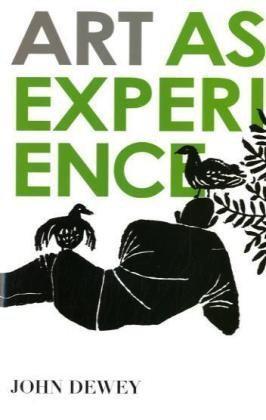
Art as Experience
Based on John Dewey's lectures on esthetics, delivered as the first William James Lecturer at Harvard in 1932, Art as Experience has grown to be considered internationally as the most distinguished work ever written by an American on the formal structure and characteristic effects of all the arts: architecture, sculpture, painting, music, and literature. -
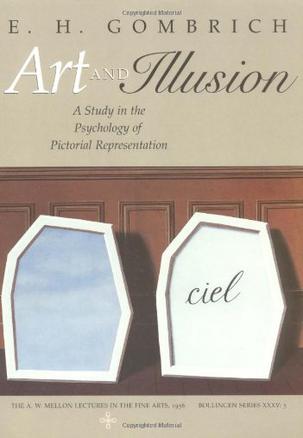
Art and Illusion
Considered a great classic by all who seek for a meeting ground between science and the humanities, "Art and Illusion" examines the history and psychology of pictorial representation in light of present-day theories of visual perception information and learning. Searching for a rational explanation of the changing styles of art, Gombrich reexamines many ideas on the imitation of nature and the function of tradition. In testing his arguments he ranges over the history of art, noticing particularly the accomplishments of the ancient Greeks, and the visual discoveries of such masters as Leonardo da Vinci and Rembrandt, as well as the impressionists and the cubists. Gombrich's triumph in "Art and Illusion" arises from the fact that his main concern is less with the artists than with ourselves, the beholders. -
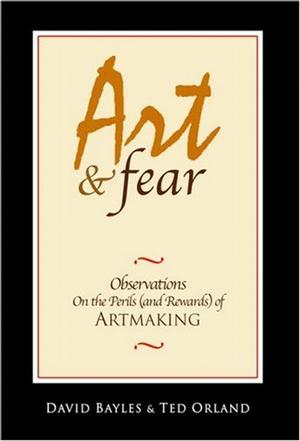
Art & Fear
"This is a book about making art. Ordinary art. Ordinary art means something like: all art "not" made by Mozart. After all, art is rarely made by Mozart-like people; essentially-statistically speaking-there "aren't" any people like that. Geniuses get made once-a-century or so, yet good art gets made all the time, so to equate the making of art with the workings of genius removes this intimately human activity to a strangely unreachable and unknowable place. For all practical purposes making art can be examined in great detail without ever getting entangled in the very remote problems of genius."--from the Introduction "Art and Fear" explores the way art gets made, the reasons it often "doesn't" get made, and the nature of the difficulties that cause so many artists to give up along the way. The book's co-authors, David Bayles and Ted Orland, are themselves both working artists, grappling daily with the problems of making art in the real world. Their insights and observations, drawn from personal experience, provide an incisive view into the world of art as it is expeienced by artmakers themselves. This is not your typical self-help book. This is a book written by artists, for artists -- it's about what it feels like when artists sit down at their easel or keyboard, in their studio or performance space, trying to do the work they need to do. First published in 1994, "Art and Fear" quickly became an underground classic. Word-of-mouth response alone-now enhanced by internet posting-has placed it among the best-selling books on artmaking and creativity nationally. "Art and Fear" has attracted a remarkably diverse audience, ranging from beginning to accomplished artists in every medium, and including an exceptional concentration among students and teachers. The original Capra Press edition of "Art and Fear" sold 80,000 copies. An excerpt: Today, more than it was however many years ago, art is hard because you have to keep after it so consistently. On so many different fronts. For so little external reward. Artists become veteran artists only by making peace not just with themselves, but with a huge range of issues. You have to find your work... -
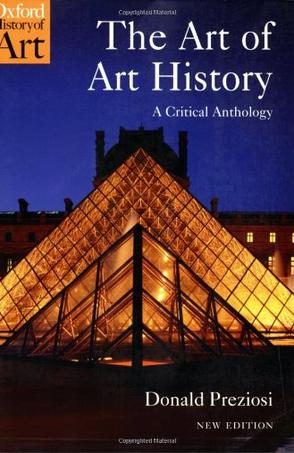
The Art of Art History
This masterly collection of texts interrogates the raging academic question, What is art history? Editor Preziosi, who directs ground-breaking critical studies of art history and museology, provides introductions to 35 challenging readings gathered in nine chapters. This plethora of alternatives is curiously complicated, even obfuscating. Covered here are the most current and relevant approaches to aesthetics, style, iconography and semiology, feminism, gender studies, formalism, postmodernism, deconstruction, museography, hybridity, and multiculturalism; those offering critical analysis range from Winckelmann, Kant, Wolfflin, Panofsky, Schapiro, Gombrich, and Derrida to Rosalind Krauss and Carol Duncan. Ultimately, this book is best suited to upper- and graduate-level collections and to the reference shelf of specialized art collections, as it proposes the discipline of art history itself as an art.AMary Hamel-Schwulst, Towson Univ., MD -
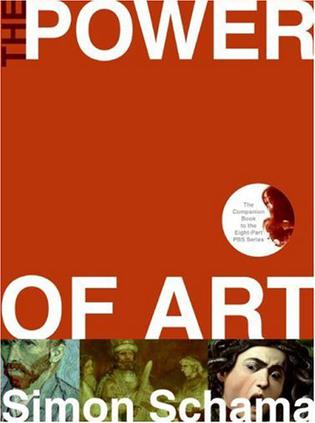
The Power of Art
"Great art has dreadful manners," Simon Schama observes wryly at the start of his epic and explosive exploration of the power, and whole point, of art. "The hushed reverence of the gallery can fool you into believing masterpieces are polite things; visions that soothe, charm and beguile, but actually they are thugs. Merciless and wily, the greatest paintings grab you in a headlock, rough up your composure, and then proceed in short order to re-arrange your sense of reality. . . ." With the same disarming force, The Power of Art propels us on an eye-opening, breathtaking odyssey, zooming in on eight extraordinary masterpieces, from Caravaggio's David and Goliath to Picasso's Guernica. Jolting us far from the comfort zone of the hushed art gallery, Schama closes in on intense make-or-break turning points in the lives of eight great artists who, under extreme stress, created something unprecedented, altering the course of art forever. The embattled heroes—Caravaggio, Bernini, Rembrandt, David, Turner, Van Gogh, Picasso and Rothko—each in his own resolute way, faced crisis with steadfast defiance, pitting passion and conviction against scorn and short-sightedness. The masterpieces they created challenged convention, shattered complacency, shifted awareness and changed the way we look at the world. With vivid storytelling and powerfully evocative descriptive passages, Schama explores the dynamic personalities of the artists and the spirit of the times they lived through, capturing the flamboyant theatre of bourgeois life in Amsterdam, the passion and paranoia of Revolutionary Paris, and the carnage and pathos of Civil War Spain. Most compelling of all, The Power of Art traces the extraordinary evolution of eight "eye-popping" world-class works of art. Created in a bolt of illumination, such works "tell us something about how the world is, how it is to be inside our skins, that no more prosaic source of wisdom can deliver. And when they do that, they answer, irrefutably and majestically, the nagging question of every reluctant art-conscript . . . 'OK, OK, but what's art really for?'" -
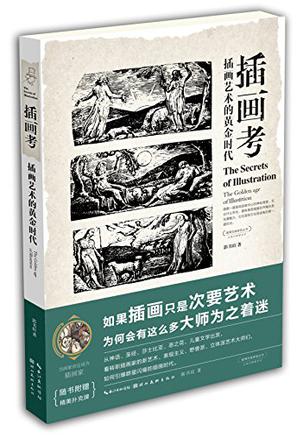
插画考
本书介绍西方插画艺术的发展历史,尤重十九、二十世纪创作蓬勃发展的大变革时代。解说了参与插画制作的绘画流派,并列举分析了其中重要的插画作品,让读者通过本书,了解当时繁花遍开的各种插画形式,进而了解现代插画的创作精神。以不同层面的反复审视,思考插画和书籍在图像与文字、美术与工业、读者与作者等关系中所扮演的角色。